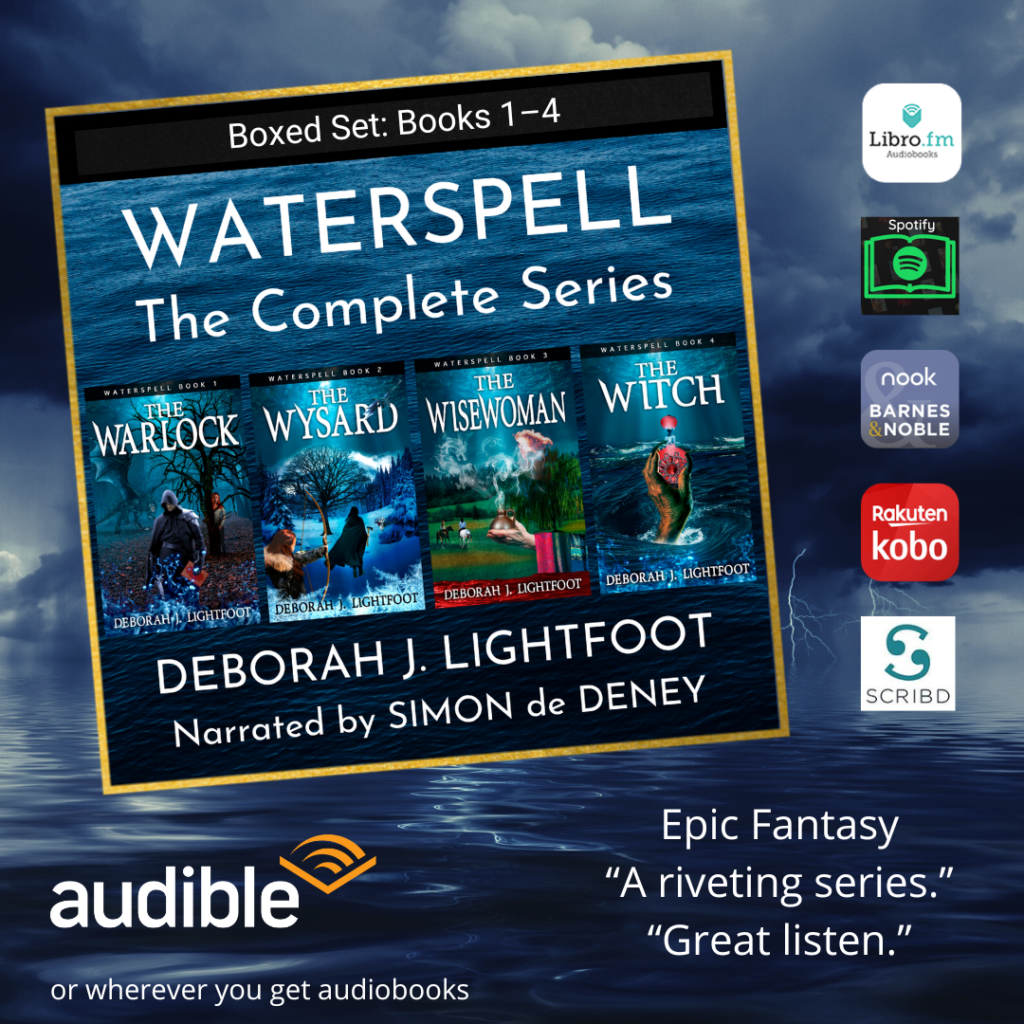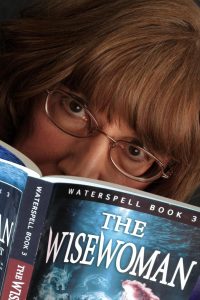The British TV program “Escape to the Country” has been the perfect pandemic companion to my reading of Magical and Mystical Sites: Europe and the British Isles (1977 hardcover) by Elizabeth Pepper and John Wilcock.
Thanks to the far-ranging property-seekers who long to move to the quiet rural areas of the British Isles, I can almost pinpoint in my mind, without a map, many of the mystical sites that are featured in the Pepper-Wilcock travelogue. Which is a good thing, since the book contains no maps,* only tedious driving directions such as “Following the road from Ballysodare around the foot of the hill to a farm leads to a narrow pathway up the steepest side of Knocknarea hill,” or “Here a right-hand turn on a winding, single-track road leads after 2½ miles to Staigue Fort …”
It’s a hardcover book, yet it’s littered with the kinds of detailed how-to-get-there instructions that one would expect to find in a paperback guidebook which is meant to be replaced annually with an updated edition. If, however, you can train your eyes to skip past the innumerable references to such-and-such road and this-or-that path, you’ll enjoy reading about the magical and mystical sites the authors visited in their research for this 1977 book.
I not only skipped past the driving directions, I skipped from Ephesus to Malta, and then into Southern Germany. The magical lore and history of those places was interesting, but the narrative really picked up for me in Part III, covering mystical sites in Cornwall, Glastonbury, Wales, Scotland, the Western Isles, and Ireland. Those chapters bristle with intriguing details about magical women of the wild wood and witches’ brews “cooked with various incantations over a fire of oak logs in a vessel made out of the skull of a decapitated thief.” Great stuff for a writer of fantasy!
Despite the tedium of the overly detailed driving directions, the lack of maps (which such a book cries out for),* the paucity of illustrations (the line drawings that introduce each chapter are lovely but insufficient), and the tiny type in which the book is set (small enough to threaten eyestrain), I’ll rate it four stars for its comprehensiveness. Those who have an interest in the history and traditions of magic will find a wealth of details that go far beyond the typical focus on Atlantis, Stonehenge, and fairies. Fantasy writers especially will want to keep a notepad near at hand to jot down the many ideas which this book is sure to spark.
*(The 2000 edition—sporting a different cover—appears to be updated with the much-needed maps. I haven’t seen it; I bought the 1977 hardback, as pictured above. But the description here, of the 2000 paperback, says: “Rounded out with excellent photographs and maps, Magical and Mystical Sites is a complete historical and practical guide to the sacred sites of Europe and the British Isles. Illustrated.” That sounds good. You’ll definitely want the version with maps and photos.)









